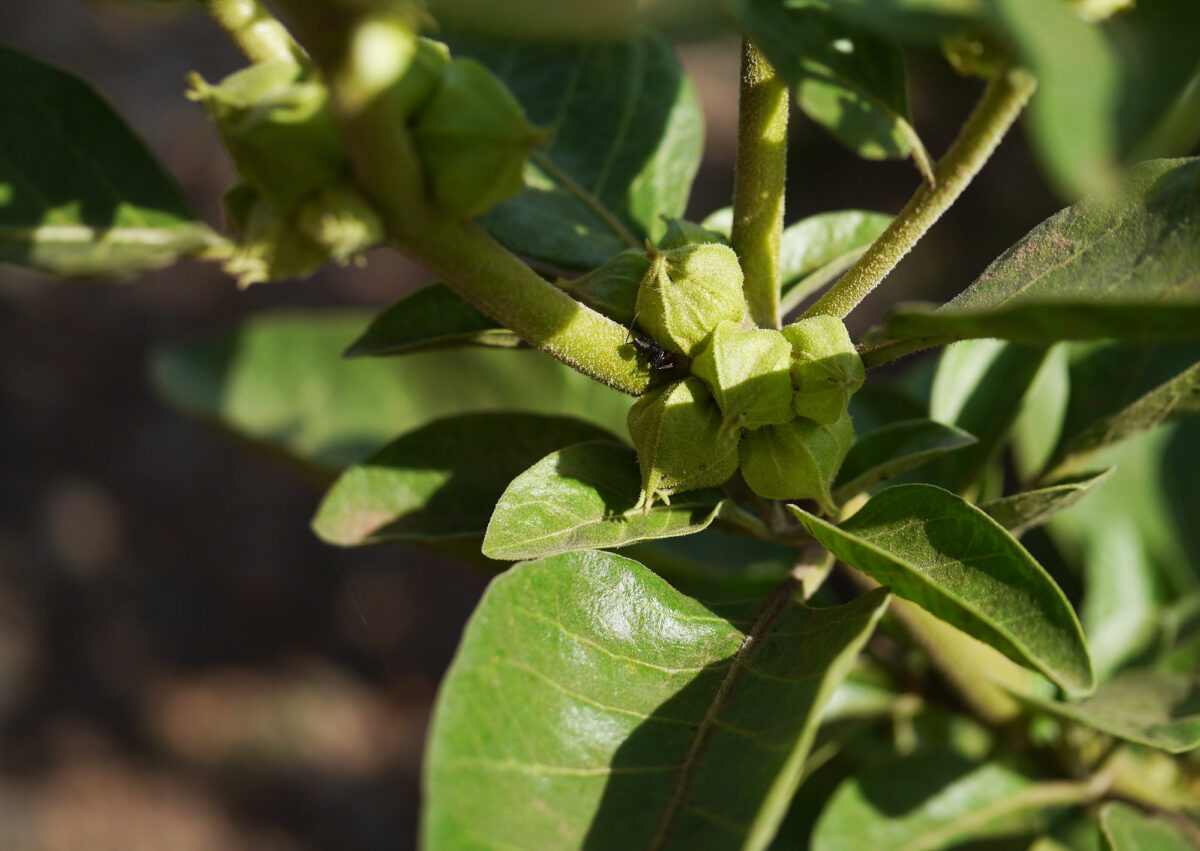Ashwagandha (Withania somnifera), also known as winter cherry, is a plant that grows in India, parts of Africa, and the Middle East. Most people familiar with this plant know about its uses in Ayurveda, a natural medicine approach that originated in India over 3,000 years ago. According to Forbes, this shrub is also gaining popularity in the United States. But why? What exactly is ashwagandha, and what is it good for?
If you stumbled across this article while searching for information about ashwagandha supplements, you probably want to know if and how this plant can benefit your health. While often used as a complementary or alternative treatment for stress, insomnia, and anxiety, ashwagandha needs further study to prove its efficacy. Not all natural products are helpful or safe to consume. Consult a physician and research potential side effects before taking this or any new supplement.

Outside of medicinal use, ashwagandha is simply an evergreen shrub. Foragers can identify the plant by its dull green leaves, small green flowers, and orange-red fruit. Its roots also have a strong horse-like smell. Despite mainly growing in Asia and Africa, the plant can be cultivated in any region with well-draining soil, warm temperatures, and plenty of sunlight. Propagate ashwagandha from seeds, and watch out for pests like spider mites.

Ashwagandha’s off-putting odor and bitter taste don’t make it a popular culinary ingredient, though some cooks have found ways to incorporate the shrub. Some recipes that use ashwagandha include tea drinks, smoothies, nut butters, and porridge.
